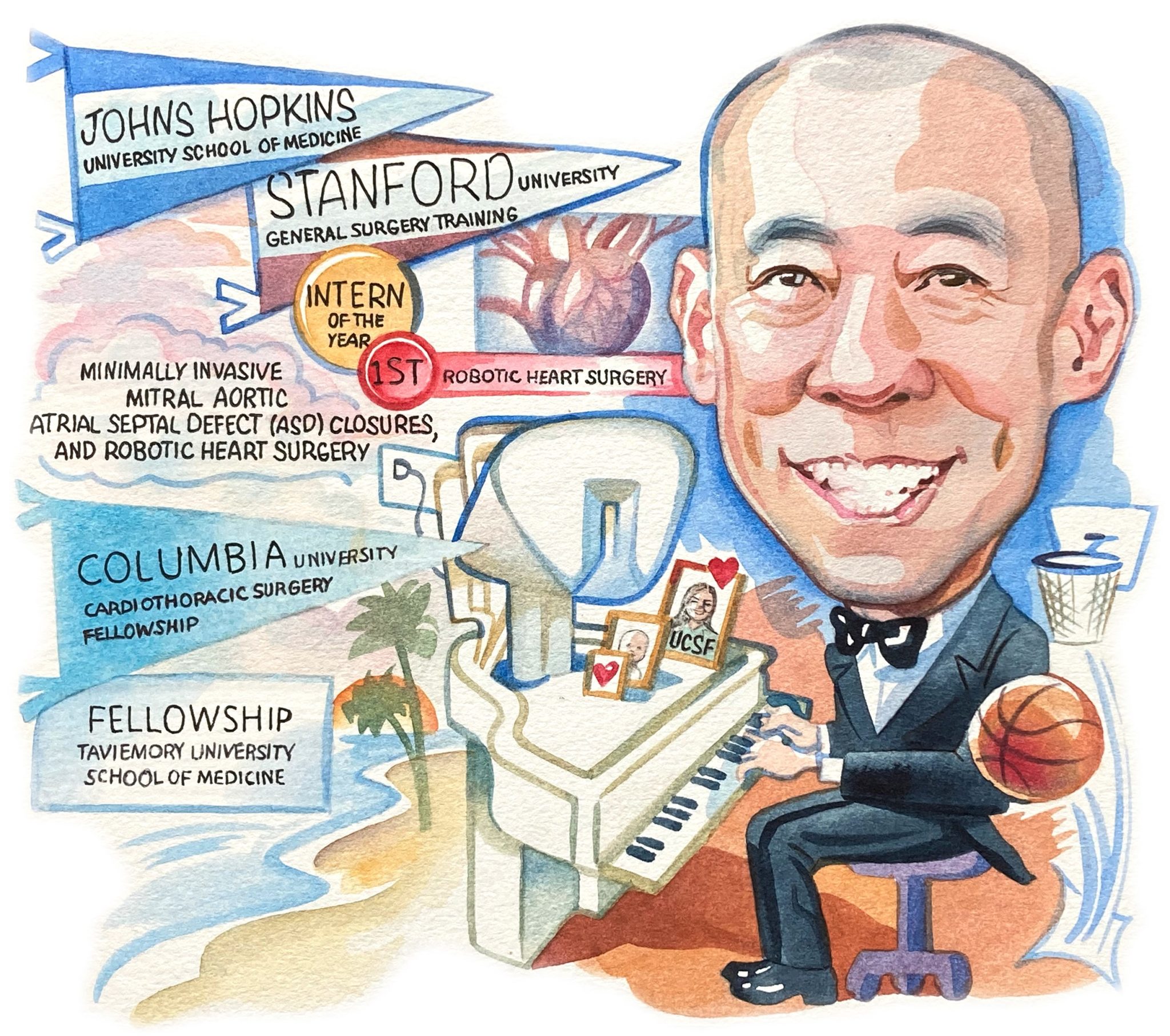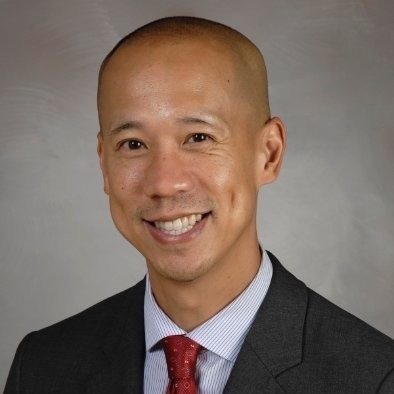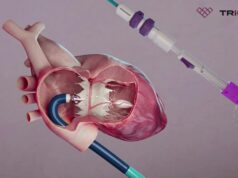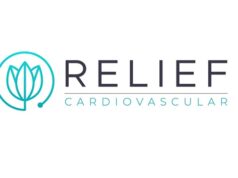 As a proponent of minimally invasive cardiac surgery and transcatheter techniques, Tom Nguyen (University of California San Francisco, San Francisco, USA) is a cardiothoracic surgeon with an eye to the future, who believes that embracing new ways of working are fundamental to improving outcomes for heart surgery patients. He discusses how his upbringing has shaped his approach to medicine.
As a proponent of minimally invasive cardiac surgery and transcatheter techniques, Tom Nguyen (University of California San Francisco, San Francisco, USA) is a cardiothoracic surgeon with an eye to the future, who believes that embracing new ways of working are fundamental to improving outcomes for heart surgery patients. He discusses how his upbringing has shaped his approach to medicine.
Why did you choose to become a doctor, and then what brought you to cardiac surgery?
Medicine is such a unique privilege. A doctor has a very intimate relationship with their patient, who might share information that they really do not tell anyone, even sometimes their significant other. The beautiful thing about that is that you get a chance to use science to make people feel better.
A lot of the patients I operate on are elderly, and that means treating a heart that has been beating for the past 80 years or more. It is such an honour and a testament to science, though it is technically very demanding. There is nothing that I would want to be more than a cardiothoracic surgeon and I have spent the past 20‒25 years of my life trying to be the best I can be.
Who have been the biggest influences and mentors to have shaped your career?
The backbone of my development has been my father. He has the classic immigrant story: we came to the USA at the end of the Vietnam War with next to nothing. I had a very strong taste of what hunger and poverty felt like. What my father taught us was how to be disciplined, the value of hard work, and also how anything is achievable if you dream big and have a clear map to chase after those dreams. He was a big dreamer, and he did a lot during a short time.
The second mentor was Denton Cooley, a real pioneer in the field of cardiothoracic surgery. I respected him for constantly thinking outside the box, and for being fearless in a calculated sort of way. In medicine, it takes a little bit of bravery to go out and do something for the first time where the risks are unknown. I applaud him for that.
You have an interest in both transcatheter and surgical techniques. why do you see this multidisciplinary approach as being important?
I often refer to Simon Sinek’s YouTube talk, which says that it is not what you do and how you do it, it is why you do it. For me, the ‘why’ is so important. The ‘what’ is that I use my knife to cut things. The ‘why’ is that someone has a disease in the coronary artery or in the heart valve. I wanted to step back and to be someone who is treating the ‘why’. To do that, you really need to wear different hats. You cannot be a surgeon only, and you cannot be an interventional cardiologist only. I really try to shape my experience to focus on the disease process. The reality is that patients could not care less about what we do, they just want to feel better. They want their ailment to be addressed effectively so that they can get back to their normal life. I have always kept that in mind.
During your career, has there been any one particular development to have pushed the field forward significantly?
Transcatheter technologies have definitely been a transformative technology and have taken the medical world by storm. It is crazy that in the past, to replace a person’s aortic valve, you would have to stop the heart, cut the valve out, put it back in, and so on. Now we can do it through a tiny incision in the groin for patients who are at higher risk, and they go home the next day. What is even more crazy is that we are doing this with patients who are partially awake.
It has also been an educational experience, because with a lot of technologies you have to be careful about tempering enthusiasm and not letting it run wild without having solid data and research. It has been very exciting to be involved with well-done research trials looking at these technologies and comparing them to whatever the status quo is, and trying to figure out what is best for every patient.

What are your current research interests?
My interest is in anything that provides a less invasive way to approach disease of the heart. Those include transcatheter technologies, whether it be transcatheter aortic valve implantation (TAVI) or mitral clip, minimally invasive aortic and mitral valve repair, and also robotic surgery.
I also think there are a lot of technologies out there that are under-utilised in medicine. Think about when you are using Amazon, how easy it is to do a one-click purchase. Compare that to how hard it is for you to schedule an appointment with your physician. It should be just like that one-click purchase, and it should be centred around the patient to make them jump through as few hoops as possible.
You recently performed the first robotic cardiac surgery procedure at your centre. How big is the potential for robotic technology to impact the field?
It is important to have as many tools in your toolbox as possible. The unique thing about the robot is that, when I wear loupes, the magnification is often around four times as big. With the robot you can magnify up to 10 times and you are actually seeing things at a different angle and with a different perspective than when you look through your eyes. The degrees of articulation with the robot are almost limitless. With our hands, we have joints on our wrists and our fingers, so we can only do so much. But with the robot you can put as many kinds of joints as there are possible.
Like all things with technology, we are excited about it, but we want to make sure that the data are there and that we are cautious about it, that we are not doing anything that is too cavalier when trying to bring this technology in.
Nowadays there is a strong emphasis on shared decision-making through the heart team principle. What do you see as the important role of the cardiothoracic surgeon in such a team?
The surgeon is very important because they bring a very unique perspective to the table. The surgeon can often bring a three-dimensional perspective to the disease process. So for example, cardiologists see things in two dimensions, using an angiogram or a catheter. But for us, every day we are opening up the chest and looking at the heart in three dimensions. I think there is definitely appreciation of the relative structures and the anatomy of things in three dimensions. It is also important because, up to now, a lot of the backup options when things do not go well will always fall back on surgery.
What do you think cardiothoracic surgery can do to attract more young physicians into the field?
I think the one thing that is kind of basic that the field can be better at is recruiting a more diverse group of cardiothoracic surgeons. The number of women and minorities in the field are not representative of the population and the patients being treated, and I think we could definitely do that better. As far as recruiting people into the field, I think it is important to recruit surgeons who are hungry and looking forward to the future, who are innovative and creative and not willing to stagnate. I think that is super important.
For future generations of cardiothoracic surgeons, how important will it be to master transcatheter techniques?
It is imperative to avoid extinction. I think it is important for surgeons to understand transcatheter skills, and in some ways, we need to know the data behind it, as well as the techniques, more so than others. That is the only way that we can effectively articulate what we are going to do and why we are doing it.
Looking back over your career, are there any cases that really stand out to you?
At a basic level, if you want to do anything, whether it is to be a professional basketball player or a cardiothoracic surgeon, you do not know you can do it until you do it. That lightbulb moment came for me when I did an aortic valve replacement case during training, after many years of study. What was very special was that my mentor
reached over and said ‘today you became a cardiothoracic surgeon’. I remember that vividly and it was very special.
Outside of medicine, what are your hobbies and interests?
Family is very important. I am lucky to have a wife who is an interventional radiologist here at University of California San Francisco. We have a three and a half year old daughter who keeps us on our toes. I enjoy sports—particularly basketball—and music, which I think are so important. They help to teach you the concept of teamwork, the concept of discipline, the concept of failing and getting back on your feet. I am also a bit of a techie. There are many different technologies that can really change medicine, not only medical technologies, but information technology as well.
FACT FILE
Current appointments
Chief of Cardiothoracic Surgery, University of California, San Francisco
Helen and Charles Schwab Distinguished Professor of Surgery
Co-director, Heart and Vascular Center
Education & training
Doctor of Medicine, Johns Hopkins School of Medicine, Johns Hopkins University, Baltimore, USA
Post-doctoral Research Fellow, Stanford Department of Cardiothoracic Surgery, Stanford, University, Stanford, USA
Fellowship, Cardiothoracic Surgery, Columbia Presbyterian Hospital, Columba University, New York, USA
Research Interests
Minimally invasive valve surgery
Surgical simulation & education
Transcatheter aortic valve implantation (TAVI)
Awards & honours
University of Texas Houston Benjy F Brooks Outstanding Clinical Faculty Award, University of Texas Houston, Houston, USA
International Society for Minimally Invasive Cardiothoracic Surgery (ISMICS) Best Manuscript Award for 2016
Top 40 under 40, Houston Business Journal













